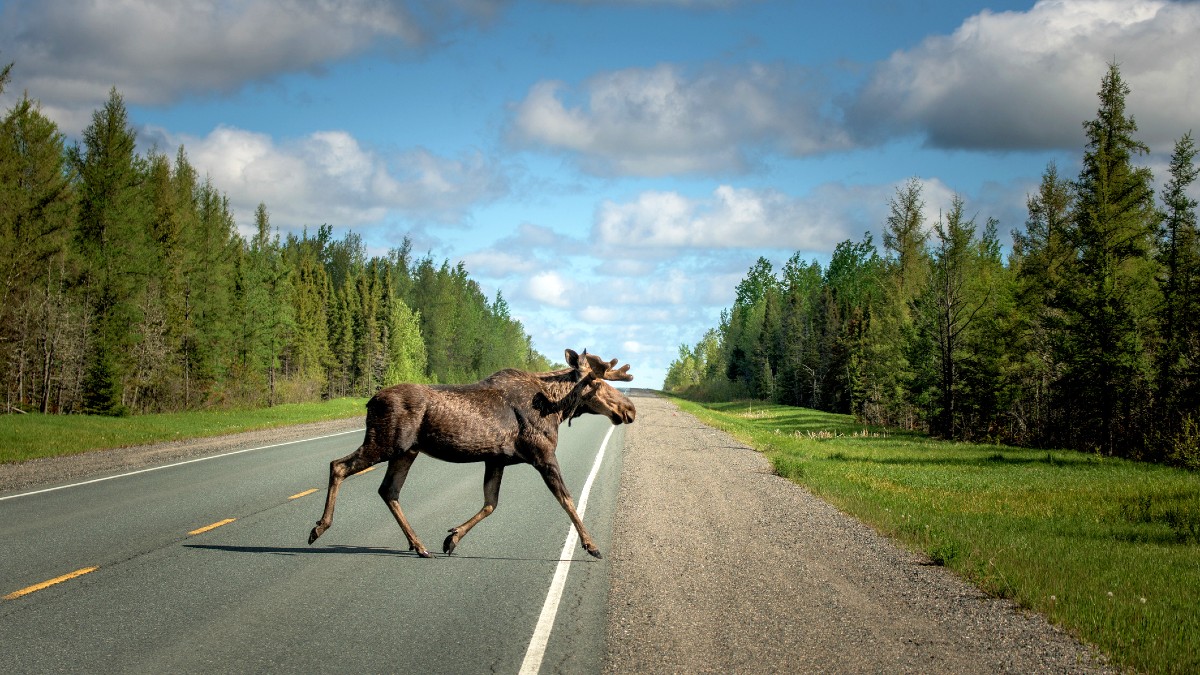Northern Exposure: AZL licensed to drill lithium at Pad 2 in Saskatchewan

Saskatchewan is lovely, and it’s got lots of lithium to boot. Pic: Getty Images
- Arizona Lithium licenced to drill first two wells at Prairie lithium project’s recently constructed Pad #2
- Saskatchewan project contains 6.3Mt LCE lithium resource close to key infrastructure in major Canuck energy heartland
- AZL already on local government radar after nabbing $21m cash incentive in the form of future royalty credits
Special Report: Australian-listed, North American-focused lithium explorer Arizona Lithium, is ready to drill in Saskatchewan, prepping the first two licenced wells on its second established pad at the prospective Prairie Lithium Project in the Canadian energy heartland.
About a week since Arizona Lithium (ASX:AZL) was cleared for a $21 million incentive in the form of future royalty credits at the same Saskatchewan project, the lithium explorer has achieved another double milestone at Prairie, successfully completing both construction of Pad #2 and completing a key Environmental Pre-Disturbance Assessment.
Prairie is one of AZL’s two sustainable large North American lithium developments, the second being the immense Big Sandy Lithium Project in Arizona.
Considering Arizona Lithium only broke ground at Pad #1 in November, managing director Paul Lloyd is evidently delighted to be progressing at pace through one of mining-friendly Canada’s friendliest mining jurisdictions.
“The ability to have our second Pad location selected, approved and built is a testament to the jurisdictional advantages of operating in Saskatchewan,” he said.
With drilling and completion activities underway at Pad #1, each Pad at Prairie is being designed to produce 2000tpa of lithium carbonate equivalent (LCE), for an initial production target of 6000tpa LCE.
Lloyd says that by having the Pad #2 location built and initial wells drilled, it de-risks the company’s path to being able to increase production on a modular basis.
“This also highlights our strategy of developing Pad locations independent from one another and increasing production on a modular basis, which keeps our capex lower to establish production, and keeps our surficial environmental impacts to a minimum and no long-distance pipelines to transport brine.”
Out on the Prairie
The project is in the heart of the Williston Basin of Saskatchewan and holds a resource of 6.3Mt LCE, which is made up of 4.5Mt LCE indicated and 1.8Mt LCE inferred.
There’s easy access to key infrastructure like electricity, natural gas, fresh water, paved highways and railroad, while barely a week ago, the Aussie digger got a call from the local Canadian government with the news Prairie was good to receive a cash injection of $21.6 million for the development.

In fact, the Saskatchewan government has conditionally approved the giant incentive investment, which can only be claimed once the project is operational.
The cash is being provided under Canada’s Oil & Gas Processing Investment Incentive Program, which is available to projects which are commercialising oil and gas production by-products and waste products, such as lithium extraction from produced oilfield water.
The status of the Williston Basin as a major oil producing hub is a positive for AZL, with ready access to skilled labour, drilling services, infrastructure and supply centres.
But rather than fossil fuels, AZL is planning to extract the rich lithium salts from briny groundwater.
It means additional ESG benefits over water and land hungry South American brine competitors, who are facing increased scrutiny for drawing community water sources in arid regions.
This article was developed in collaboration with Arizona Lithium, a Stockhead advertiser at the time of publishing.
This article does not constitute financial product advice. You should consider obtaining independent advice before making any financial decisions.
Related Topics

UNLOCK INSIGHTS
Discover the untold stories of emerging ASX stocks.
Daily news and expert analysis, it's free to subscribe.
By proceeding, you confirm you understand that we handle personal information in accordance with our Privacy Policy.








